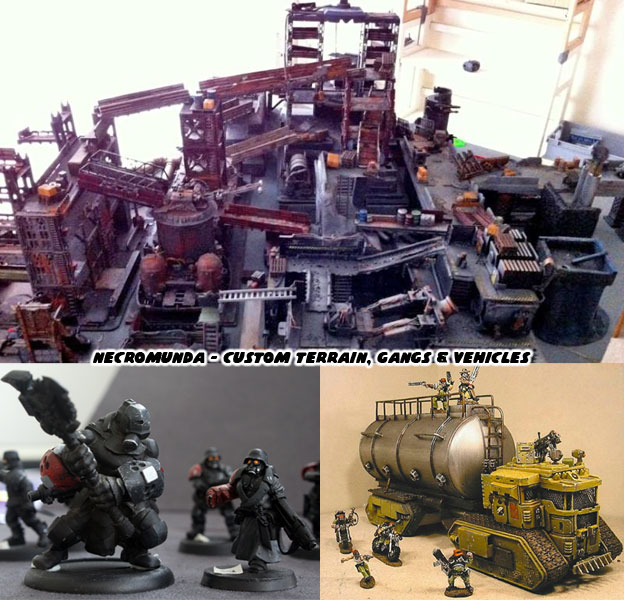That hardly sounds like a description worth anything. Especially since I'm bringing up old games. Let me try and set the stage and put the game in context. After 1992, following the release of Street Fighter II, fighting games were en vogue. Every studio on the face of the Earth was scrambling to release a fighter of their own.
Countless crappy clones came out. Some were decent but the majority sucked. It seemed that while any studio could put together a fighter, they lacked what it took to make it great. The animations were choppy, collision detection was sloppy, the designs rubbish and the balance nonexistent. In the USA it seemed that while we lacked the polish of Funamizo and Okamoto's Street Fighter games, we made up for it with violence. None of the western fighting games as unique or violent as Primal Rage.
The story for Primal Rage was great sci-fi. A meteor crash destroys civilization and unleashes ancient gods from suspended animation. Tribes of men follow around these gods and worship them from the onset.
The art direction in the game is superb. The levels are all over-the-top designs for Earth gone savage. Cities lay in ruin, oceans have shifted and volcanos erupt in the background. Some levels are set around lush jungles while others in a frozen wasteland. All of the levels use bright colors, weather effects and dramatic lighting to achieve an original look and feel.
The main characters, mostly dinosaurs are very memorable. Many arcade gamers think that Atari came up with the look and feel of the characters all by themselves. Those that read comics know that the designs and color schemes were directly lifted from Ricardo Delgado's Age of Reptiles. Anybody that reads this blog, is into great art and comics should think about getting both Age of Reptiles trade paperbacks if you haven't already.
These creatures and the whole game are memorable because it marks the first time stop-motion clay figures were used in a videogame. The Neverhood claymation videogame was released a year or so after Primal Rage. Prior to that most fighting characters were hand drawn sprites as the 3D polygons in Virtua Fighter were crude by comparison. There is a certain charm to seeing actual, physical objects used as sprites. While many were awed by the CGI and polygon models in future games one could still appreciate the detail that went into the creation of actual clay figures for the game.
Atari released multiple updates for the game while it was in the arcade. The game was loose, unbalanced, choppy and subject to many glitches. Aside from that it was a fun experience. Fun in the sense that the controls were unique. There were four attack buttons and a joystick. Rather than inputting the commands like you would in Street Fighter II, players had to hold and release the buttons while moving the joystick. This completely changed the pace of the typical fighter and allowed for players to learn new strategies.
It is possibly the violence that everyone remembers most from the game. Mortal Kombat has already set the standard for shock in the arcade with the advent of the Fatality. Once the bar had been set there was nothing short of a Hellraiser game that could shock the average arcade player. Primal Rage was as close as we'd ever get to topping Mortal Kombat.
For many Primal Rage had crossed the line and set a new standard in depravity. Some fatalities had the main characters eating the flesh off of the opponent. Blizzard, a giant ape would pound his opponents into the ground and then punch the brain right out of their skull. Chaos, a different ape had ranged attacks consisting of projectile vomit and toxic gas farts. One of his fatalities was the "Golden Shower." Chaos would lift his leg and pee acid on the fallen opponent... I'm not making this stuff up people!
The spectrum of fighting games would shift over the next few years. Rare created Killer Instinct, whose fancy SGi sprites, brutal fatalities and massive combos won the average arcade gamer over. I wasn't that impressed with the title since it had all been done before in Primal Rage. The concept of juggling and opponent and setting off obscene combos I first saw in Primal Rage. One of my friends could easily top 77 hit combos in the game. That was impressive for the time.
Games like Killer Instinct feature automatic and cheap combos that you can pull on an opponent. The "vs" titles from Capcom feature hundred hit combos that can keep an opponent perpetually suspended until they die. This type of combo pornography has pretty much killed the fighting game. At least for me anyhow.
Primal Rage was just too far ahead of its time. Fighting characters that weren't human, unique control, a solid plot and fully realized world. In concept and execution it was a great title. The home console versions were decent but simply couldn't match the sound and detail of the arcade.
There was even a Primal Rage II in the works. Due to the cost associated with the fighter it was scrapped. Ask anybody that's played the majority of fighters in the arcade if they would like to have seen a Primal Rage II. Most would say yes. It would be a welcome change of pace from another damn Mortal Kombat.
Maybe one day the rights will get picked up and somebody will bring Primal Rage back from the dead. Hey, if new life was breathed into titles like Prince of Persia and Ghouls and Ghosts then there might still be a chance.
EDIT: Proof that Primal Rage characters can make any game more fun. If you would like to sponsor me please visit my Patreon page and consider donating each month, even as little as $1 would help make better blogs and even podcasts!










